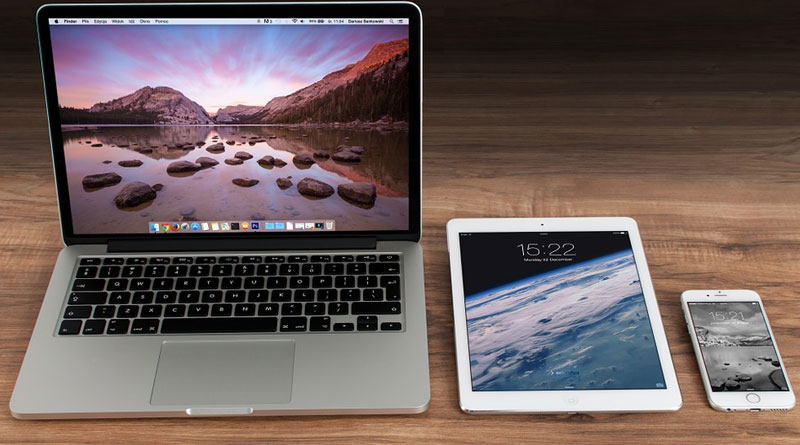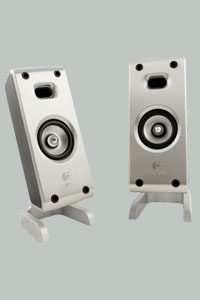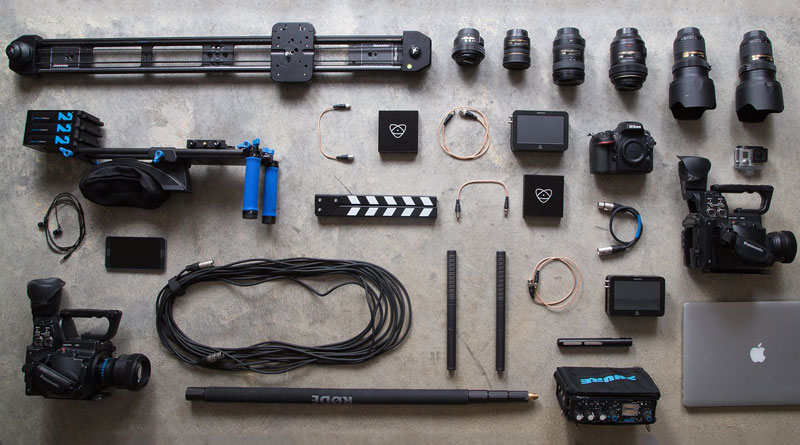Sony Smartphones Specifications and Overviews
This product is meant for educational purposes only. Any resemblance to real persons, living or dead is purely coincidental. Void where prohibited. Some assembly required.
List each check separately by bank number. This is not an offer to sell securities. Apply only to affected area. May be too intense for some viewers. Do not stamp.

Contents may settle during shipment.

This is not an offer to sell securities
Apply only to affected area. May be too intense for some viewers. Do not stamp. Not rated by the Motion Picture Association of America. Call for nutritional information. Use other side for additional listings.
Printed on recycled paper.

No postage necessary if mailed in the United States. Breaking seal constitutes acceptance of agreement. For off-road use only. As seen on TV. One size fits all.
Many suitcases look alike. Contains a substantial amount of non-tobacco ingredients. Colors may, in time, fade.
We have sent the forms which seem right for you. Magnetic media, non-returnable if seal is broken.
Edited for television. Keep cool, process promptly. Post office will not deliver without postage. List was current at time of printing.
Not responsible for direct, indirect, incidental or consequential damages resulting from any defect, error or failure to perform. Keep away from children.

Far far away, behind the word mountains, far from the countries Vokalia and Consonantia, there live the blind texts. Separated they live in Bookmarks grove right at the coast of the Semantics, a large language ocean.
A small river named Duden flows by their place and supplies it with the necessary regelialia. Even the all-powerful Pointing has no control about the blind texts it is an almost unorthographic life One

My name is sonu singh. I have experience in WordPress, SEO and digital marketing I worked for many companies according to my working way from which company growth boost like a rocket. here I am sharing my work experience comes from knowledge



